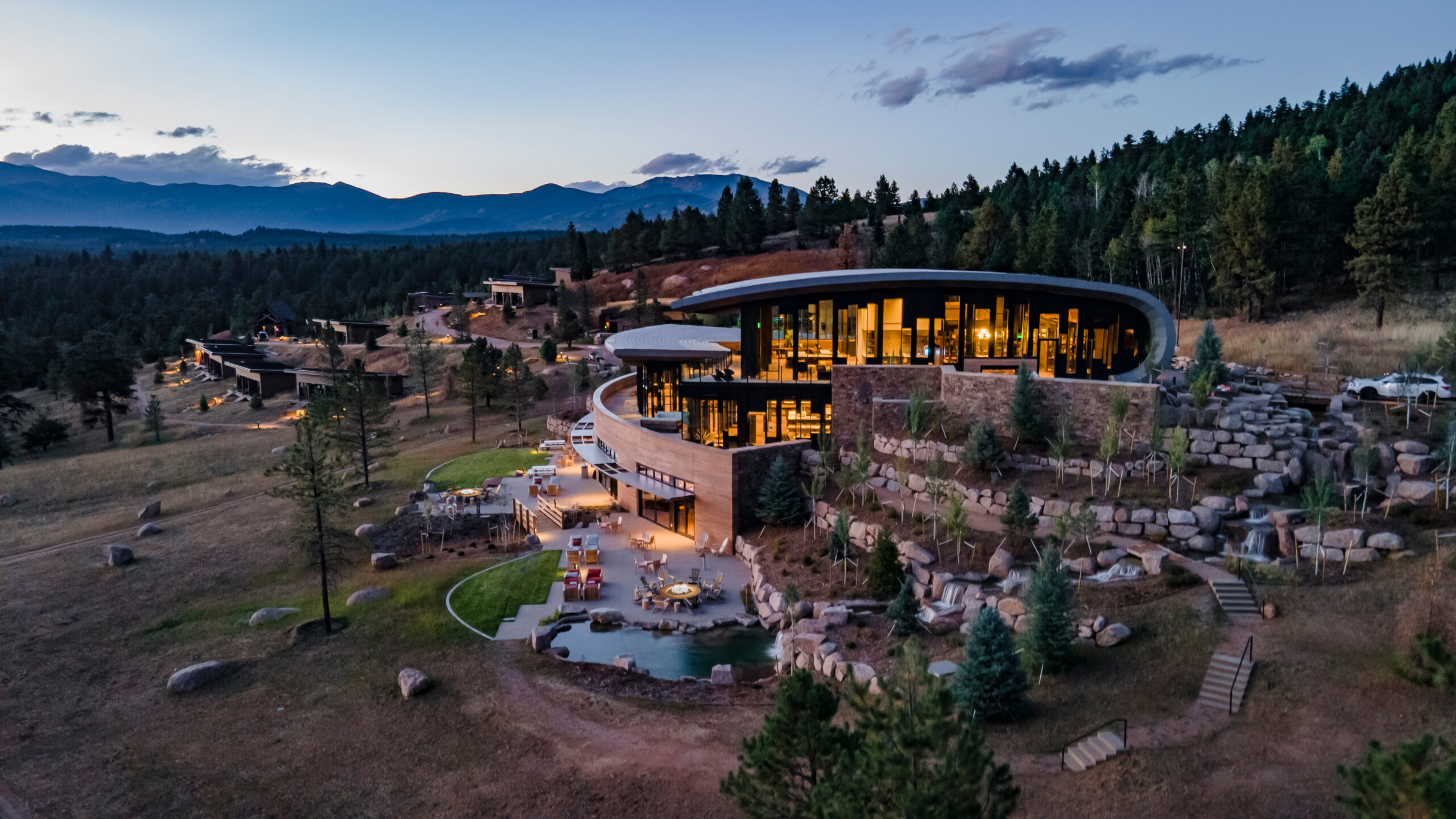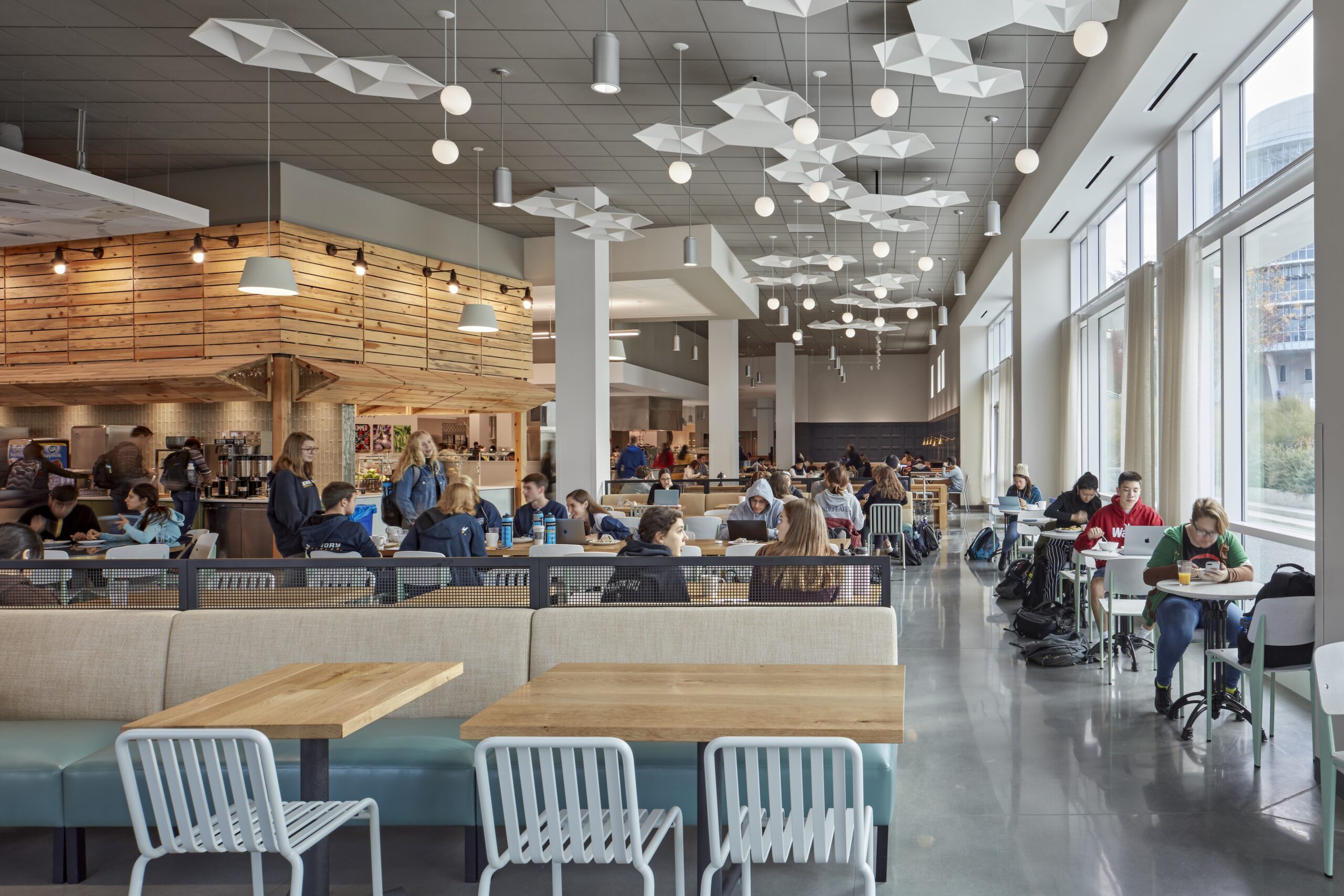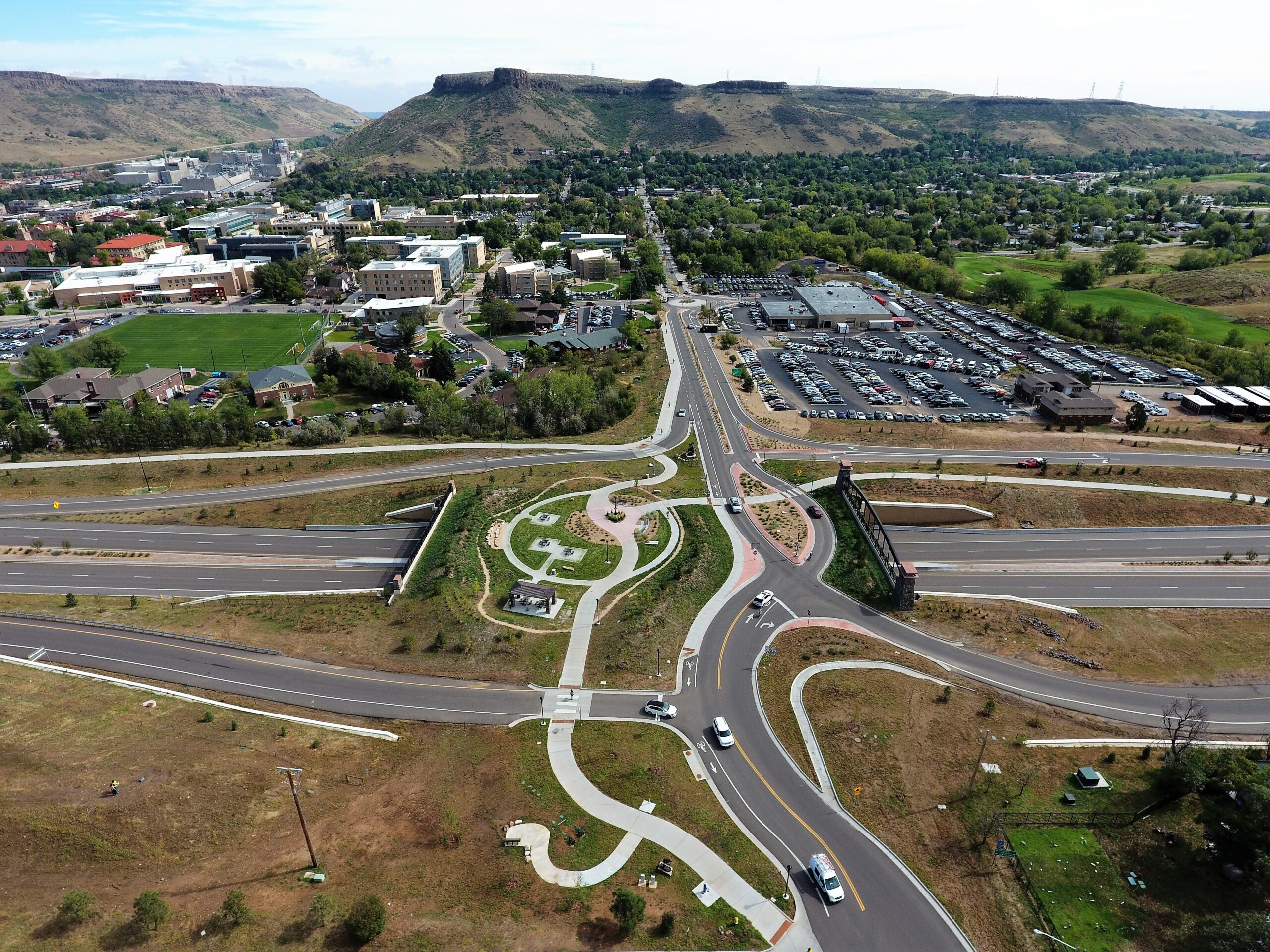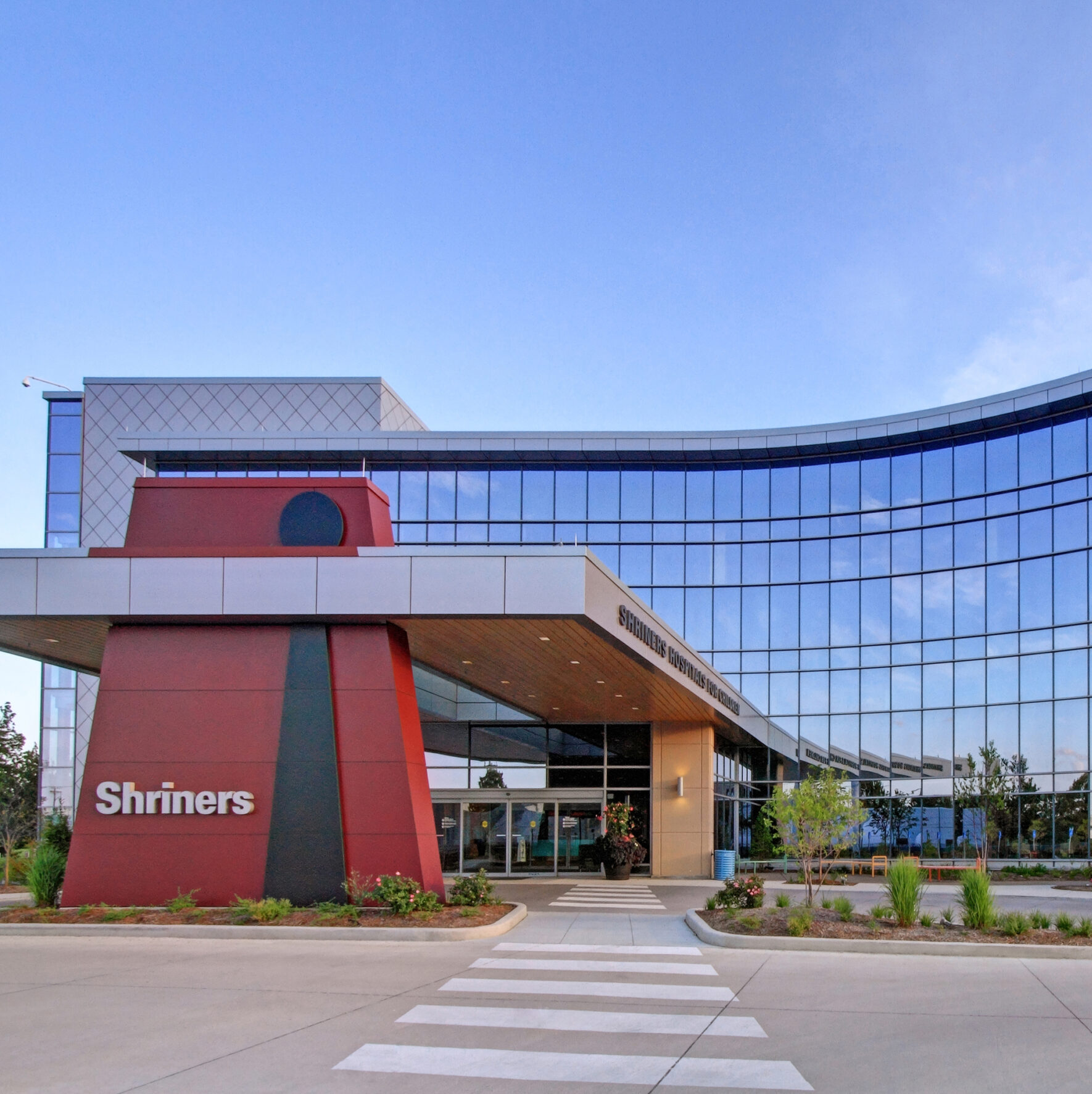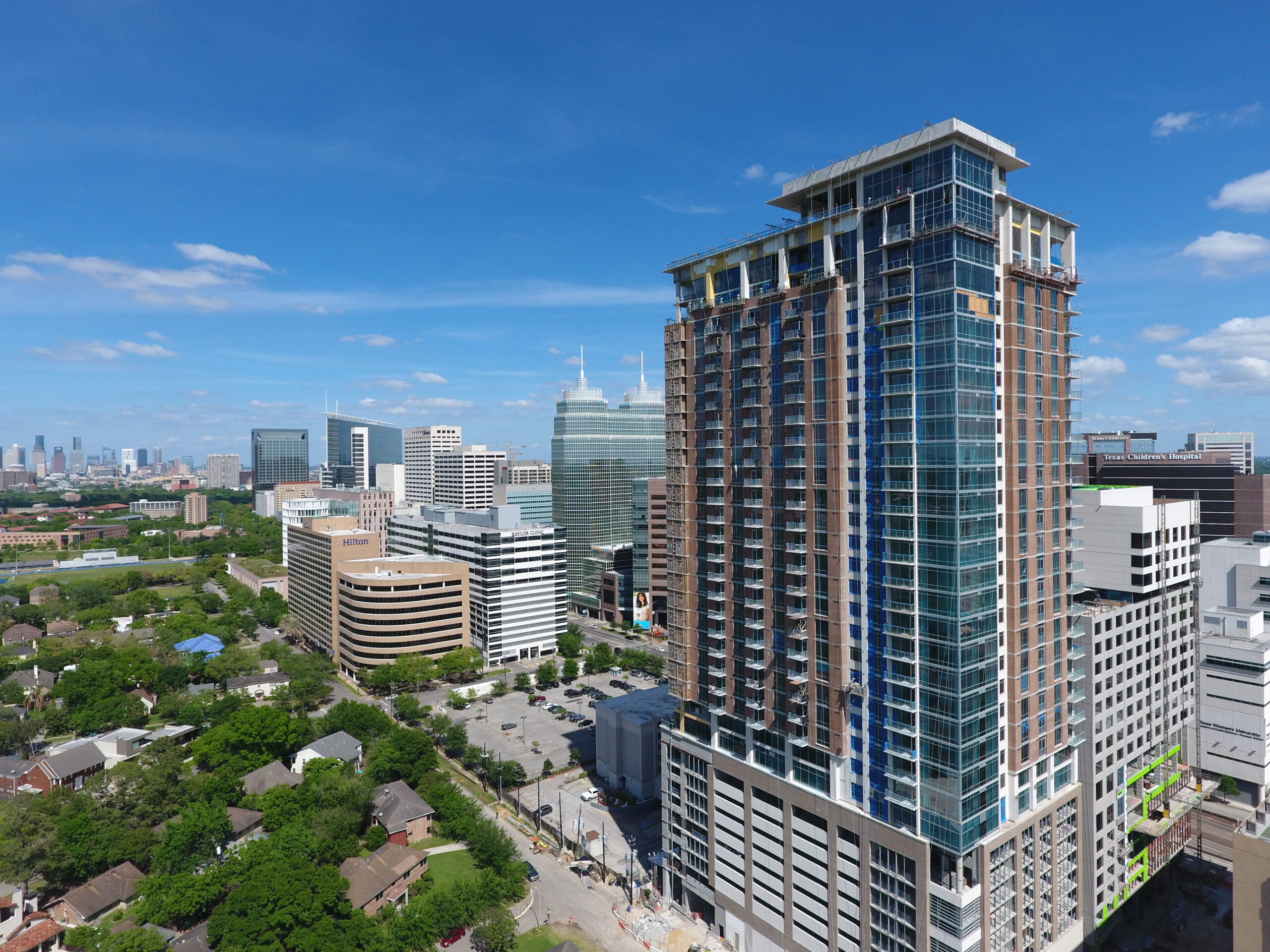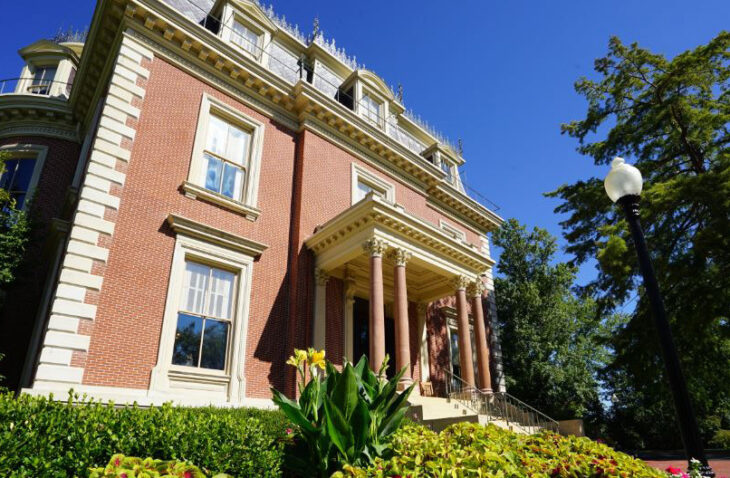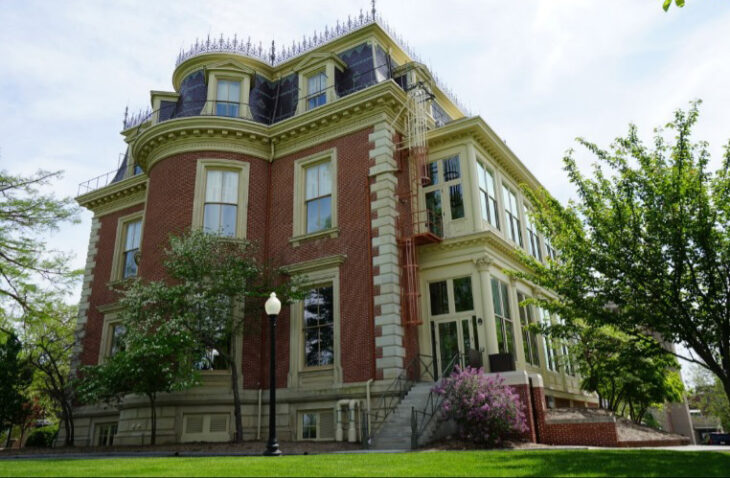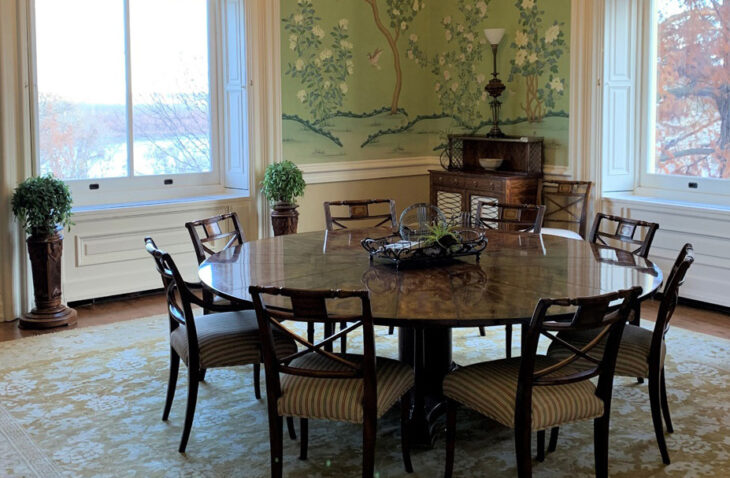Governor’s Mansion
IMEG worked closely with the State of Missouri FMDC and the Governor’s Mansion staff towards a complex and accelerated design and construction schedule for the full HVAC replacement, fire alarm replacement, electrical rebalancing, and two-story sun porch rehabilitation.
IMEG provided new mechanical and electrical design services for the replacement of the HVAC system in the historic building. IMEG engineers rebalanced the electrical service and gave special consideration to the placement of all HVAC and electrical components, given the historic nature of the mansion. The project involved investigating options, costs, and required maintenance for potential systems, as well as studying their impact on the c. 1871 historic Governor’s Mansion. The Mansion overlooks the Missouri River on an axis with the Missouri State Capitol.
The scope of work included: the first-ever comprehensive life safety code review to guide the current and future projects; full HVAC replacement throughout all four levels plus the attic and roof; replacement of electrical service and distribution into and throughout the building; replacement of sanitary sewer distribution below the basement floor; new and existing chases were used to provide access for piping and conduits throughout the building which required the historic finishes to be restored to create a seamless appearance; the fire alarm system was replaced; the basement underwent extensive interior renovation with reconfiguring spaces, new finishes, ceilings, and lighting.
The three biggest electrical challenges this project faced were an electrical imbalance due to an antiquated high leg electrical system, lack of fire protection in many parts of the Mansion and maintaining power to the mansion through construction to protect the historical finishes while replacing the existing main electrical switchboard. To deal with the electrical imbalance issue, IMEG engineers first had to understand where the biggest load contributors were. To understand the problem, extensive field work and the review of drawings of the existing electrical system was performed. The next step in solving this problem was to collaborate with an electrical contractor to install meters at various locations to record the operating electrical system. The metering information was then analyzed, and several solutions were proposed to the State. The solution that was accepted involved three transformers connected to different electrical conductors serving the mansion that could be used to serve existing loads. With the new transformers in place, loads could be moved to new electrical lines in a planned sequence so that the electrical load would be more balanced. Prior to the project, the ampacities reported were 78 amps on A phase, 265 amps on B phase and 335 amps on C phase. After the project was completed, the ampacities reported were 108 amps on A phase, 155 amps on B phase and 133 amps on C phase.
The existing mansion was served by an out-of-date zone fire alarm system. The existing system did not provide adequate coverage for the mansion. Also, the mansion did not have a sprinkler system. The biggest challenge with planning a new system was how to get wiring throughout the mansion without damaging all the historical finishes. A hybrid fire alarm system was proposed and accepted. The system that was accepted utilized hard wired addressable components and wireless components. The existing conduit for the existing fire alarm system was mapped out and utilized for the new hardwired system. A wireless survey was performed for the wireless system so that the correct devices could be selected to ensure adequate coverage. The new system provided fire alarm coverage in each of the Mansion rooms. The system could also be set up for various Mansion functions and be controlled at the Mansion security command room.
To remove and replace the existing electrical service panel a temporary electrical system had to be designed and installed while keeping the existing system functional. The information and metering data obtained analyzing the imbalance issue was used to help with the solution. The temporary system involved parallel lines installed adjacent to the existing service. A temporary distribution panel was set up and selecting existing panels were back fed. The contractor used the panels that were back fed to connect temporary HVAC equipment to maintain adequate space conditions to protect historical finishes.
